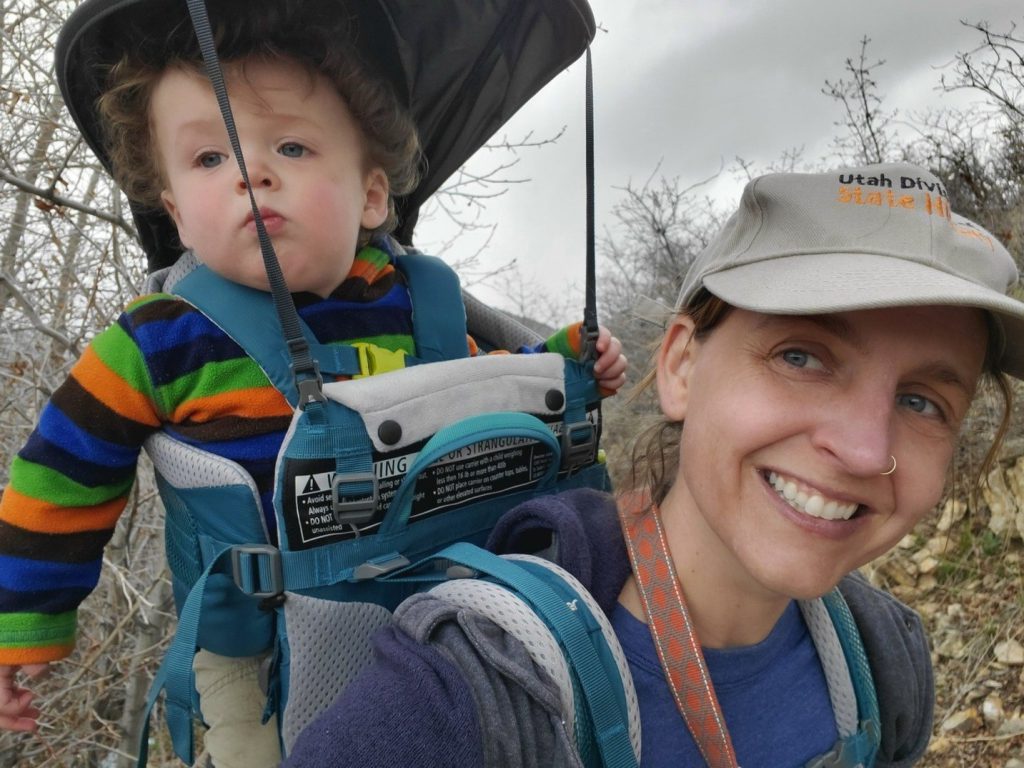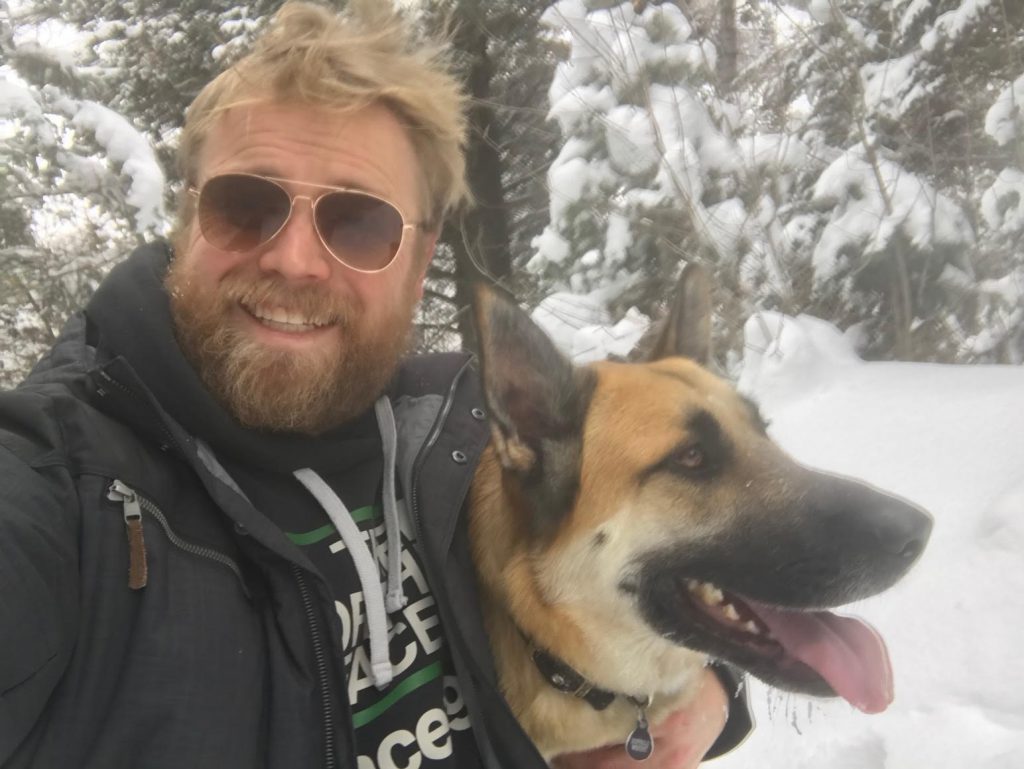01.25.2021 (Season 2: Episode 12; 54 minutes long) BuzzSprout version of the Speak Your Piece Podcast. Above photograph is of a petroglyph panel in Nine Mile Canyon (Duchesne County, Utah); Frank Beckwith photographer, Classified Photograph Collection, Utah State Historical Society.
This episode of Speak Your Piece is about how you can learn, how you can experience the wonder, and how you can offer a few hours a week to preserve and protect Utah’s archeological and historical resources. State Public Archaeologist Elizabeth Hora, and Utah Cultural Stewardship Program Coordinator Ian Wright, talk about a physical world, beyond our modern lives, that most Utahn’s know very little about.
I include myself in this description; largely I have lived my life from day to day, not always appreciating that scores of prior generations—ancient peoples, Native Americans, early travelers and settlers, and more recent generations—who have done as I am now doing, living and enjoying my live, on the very same ground.
Podcast (part 1 and 2 combined):

Elizabeth Hora is Utah’s Public Archaeologist and leads the Utah Public Archaeology Network (UPAN). UPAN’s mission is to bring people and organizations together, across Utah, to work on projects and programs which protect and preserve Utah’s archaeological resources. Elizabeth is employed by the Utah Division of State History, and works in Utah SHPO office (State Historic Preservation Office). Elizabeth earned a Master’s Degree in Archaeology & Cultural Resource Management from Utah State University (Logan). Some of Elizabeth’s personal research involves using tree-rings and radiocarbon dates to investigate behavioral patterns of the prehistoric Fremont or Ancestral Pueblo People, who lived in and around Utah’s Uinta Basin. Elizabeth lives in Heber Valley.

Ian Wright is the new coordinator of the Utah Division of State History’s “Utah Cultural Stewardship Program,” based in Utah SHPO Office. Ian attended Snow College (Ephraim) and then Southern Utah University (Cedar City), where he completed an undergraduate degree in History. He then earned a Masters in Arts & Community Leadership from Westminster College (Salt Lake City). Ian’s professional life has been in the world of archaeology, participating in various field work projects, and too in the field of Historic Preservation-—one investigating Utah’s ancient past, the other preserving Utah’s built or architectural environment. Ian lives in Millcreek, Salt Lake City.
The physical evidences of human activity, what archaeologists call “material culture,” is surprisingly plentiful in Utah; these objects include housing materials, work objects, containers, disposed materials, and what we modern Utahns appropriately call “art,” all found under foot, where we excavate, and where we wander in Utah’s open (and developed) lands. The archaeological evidence can be quite grand, even beautiful; while some “stuff” might be considered rather insignificant. That is, until archaeologists open your eyes to the useful information such debris can yield.
Next, because these materials are about “people,” just like ourselves, we think of ideas like “respecting” and “honoring,” as we interact with these materials. Finally, because we want future generations to experience the learning and the wonder we are now experiencing, we gravitate to the question “how can we preserve and protect these sites and objects?”
This is what this Speak Your Piece episode is all about, how to join, be trained, and take part in preserving and protecting Utah’s archeological and historical resources.
SITES AND RESOURCES DISCUSSED IN THIS EPISODE:
Utah Public Archaeology Network facilitates archaeological stewardship and education for the benefit of Utahns, indigenous communities, tourists, and the archaeological record by connecting people and fostering a network of supportive partners.
Utah Cultural Site Stewardship Program is a pioneering effort in archaeological and historical site stewardship. The Utah SHPO operates the Site Stewardship program on public lands owned by the BLM, Forest Service, State Parks, and many others in order to help landowners keep an eye on threatened resources.
The Utah Division of State History’s Public Utah Archaeology Tour (GIS map and photographic tour of twenty-four sites, both pre-historic and historical, that are open to the public, including helpful interpretative information).
“Recommendations and Guidelines for Those Interested in Visiting Archaeological Sites” from the Archaeological Institute of America.
Read Utah House Bill 163 Cultural Stewardship Amendments. Utah’s State Legislature created Utah Cultural Site Stewardship Program in 2020 in recognition of the irreplaceable archaeological sites and resources here in Utah.
Do you have a question or comment? Write us at “ask a historian” – [email protected]

